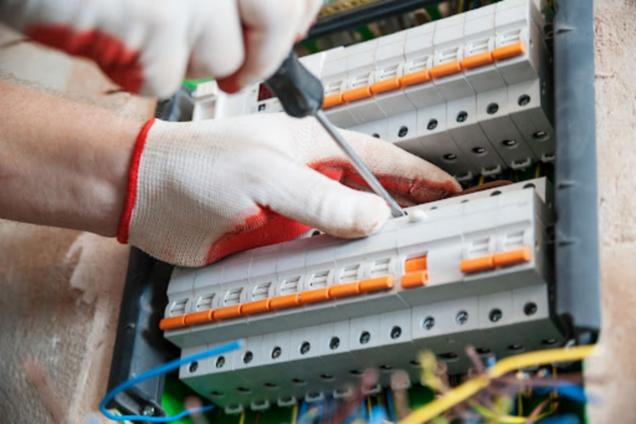
Best Practices in Responding to Lithium Battery Emergencies
Understanding The Risks Of Lithium Batteries
Lithium batteries are composed of lithium metal or lithium compounds. While they boast high energy density, they can fail due to various reasons, including overheating, over-discharging, physical damage, and manufacturing defects.
The potential hazards when they're defective or mishandled are substantial, as lithium is a reactive element. An event like thermal runaway can lead to the battery releasing harmfully high temperatures, toxic fumes, or even causing fires or explosions.
Unfortunately, we’ve witnessed many such incidents. A notable one was the recall of the Samsung Galaxy Note 7 in 2016 due to battery problems causing the phones to catch fire.
Identifying the Signs of Lithium Battery Distress
Early signs indicating a lithium battery problem can take different shapes. These include excessive heat while charging, swelling or deformation, leaking, or even smoke.
If such indicators are observed, it's absolutely vital to handle the battery with caution. Disconnect the device from any power source, place it in a non-combustible area, and let it cool down.
When faced with a severe issue, don’t shy away from seeking help from a professional. The stakes could be high and taking appropriate actions is crucial to limit potential harm.
Recommended Protocol for Lithium Battery Emergencies
In the event of minor battery failure – such as overheating or swelling – it's advisable to disconnect the device from any power source, let it cool down, and then consider replacement or proper disposal.
A major lithium battery emergency, like a fire or explosion, calls for more immediate action. If safe to do so, disconnect and isolate the power source. Then, use a class D fire extinguisher or copious amounts of water to douse the fire. Once the situation stabilises, notify the relevant authorities.
Training and preparation cannot be understated. Regular drills and awareness programs will go a long way in safeguarding employees from battery-related emergencies. Furthermore, proper disposal or replacement of faulty lithium batteries, ideally at accredited centres or during designated recycling days, can mitigate many potential issues.
Prevention Strategies to Avoid Lithium Battery Emergencies
Longevity and safety of lithium batteries can be enhanced by adopting certain best practices. These include avoiding overcharging and overheating, thus safeguarding against battery overcharge.
Store batteries, particularly spares, in safe, cool and dry locations away from combustible material.
Interestingly, advancements in technology show promise in addressing lithium battery concerns. For instance, newer battery designs prioritise safety features like inherent overcharge protection circuits.
Regulations and standards play a critical role in ensuring battery safety. Compliance to guidelines set out by organisations like the International Electrotechnical Commission helps in maintaining high safety standards.
Case Study: Successful Handling of Lithium Battery Emergencies
A well-documented instance of successful management of a lithium battery emergency took place in Sydney in 2017. A pair of headphones caught fire mid-flight, resulting in minor injuries to the passenger. The crew, however, swiftly extinguished the fire, preventing further incidents.
The airline attributed the success to diligent safety training and quick-thinking by the crew. Lessons learned from the situation included further emphasis on equipping aircraft with class D fire extinguishers and raising passenger awareness about battery safety.
Conclusion
Understanding and preparing for lithium battery emergencies is not just about mitigating damage. It's an obligation that we owe to our own safety and the well-being of those around us.
Keeping abreast of evolving safety standards and technology is a sound strategy. As is adhering to recommended disposal practices, lowering risks associated with lithium batteries, and the unlikely but potentially devastating events they could cause.
Indeed, responding to battery emergencies is a skill set that cannot be overlooked in a world where technology, powered by lithium batteries, tightly interweaves with our daily lives. Preparation and knowledge are vital components of navigating this landscape safely and efficiently.



